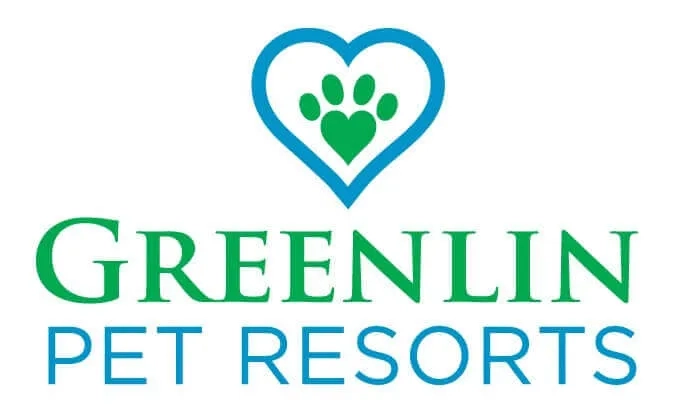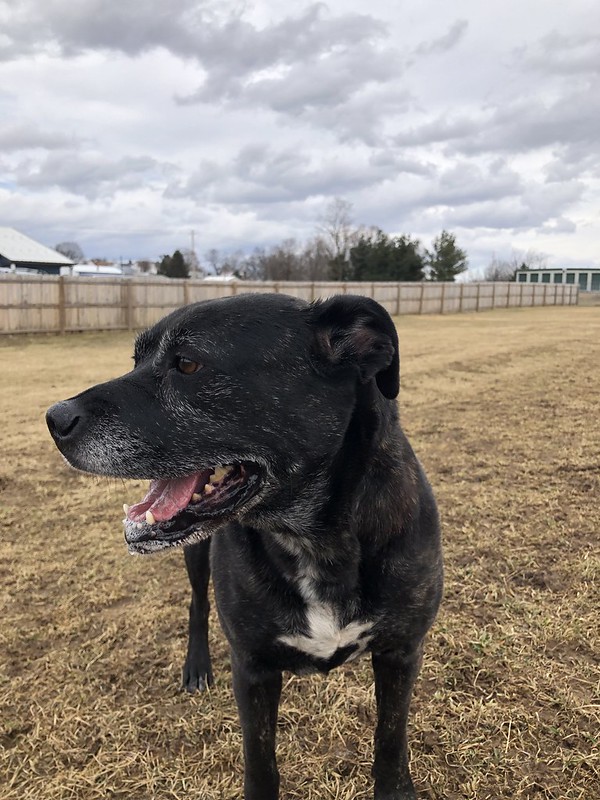How to House Train an Older Dog
Older dogs offer many advantages, and from their perspective, there’s no substitute for a loving home. At the same time, you may encounter challenges stemming from old habits of the dog’s previous lifestyle. That especially applies when your older dog has issues going to the bathroom as is considered proper for your household.
The good news is that housetraining is often easier for adult dogs than for their younger counterparts. That’s right: the widely held belief that “you can’t teach an old dog new tricks” couldn’t be farther from the truth.
Possible Reasons an Older Dog May Not Be Properly Housetrained
If your adult dog happens to lack housetraining skills, it’s perfectly understandable. Not every dog grows up in a home with access to indoor comforts and reliable outdoor relief.
Common reasons an adult dog might not be housetrained include:
- They always lived outdoors and never indoors.
- Their previous owners never trained him.
- They spent long periods of time in an area where their potty options were limited, e.g., inside a crate, on concrete, on paper in a playpen.
- They suffered from neglect or other forms of abuse that made it difficult to receive the needed training and nurturing.
Again, there’s no need to be concerned if your new canine companion hasn’t yet been trained to do their business in a designated area. After all, we’ve listed some housetraining tips so you and your dog can enjoy a better bonding experience and make the most of your time together.
How to House Train Your Dog
House training an older dog can be achieved in a few simple steps, like the ones below. Feel open to repeating steps, rearranging their order, or trying new approaches to best suit the needs of your older dog and your household.
Limit Their Access to Freely Roam About the House
If your dog has issues with eliminating inappropriately, the last thing you want is to offer them privacy and ample space to do so. Ensure the older dog is supervised at all times during the initial stages of training, unless they are crated or confined to a comfortable but compact location, such as a bathroom or laundry room.
Crating your dog or confining them to a smaller space reduces the risk that they will eliminate undesirably in your home. They are less likely to eliminate in a space where they regularly inhabit. By comparison, if they are allowed access to empty rooms or basements, they may feel it is ok to go in these out-of-the-way areas.
You can give your dog more permission to roam free as their house training progresses and they get more comfortable with the new routine.
Establish a Feeding Routine
Rather than leaving your dog’s food out all the time, have a solid feeding routine. This strategy means feeding your dog at regular times and picking up the dish between 10 and 15 minutes after you put it down.
Leaving your dog’s meal out at all times will only impede their ability to follow a schedule, and this is the last thing you want if you’re trying to house train.
On the other hand, when you keep a strict feeding schedule, your dog’s body will become conditioned to expect their meals at the designated feeding times. They will also feel the strongest urge to eliminate waste at specific times of the day. And by keeping their system on a schedule, you’ll put your dog in a better position to develop positive housetraining habits.
Create a Potty Schedule
Having a potty schedule is just as important as having a feeding schedule because it gives your dog’s body the ability to anticipate the next potty time.
You should take your dog out as soon as you wake up in the morning, after each meal, a few more times during the day, and before bed.
If your dog doesn’t go outdoors, put them in their crate for about 10 minutes and then try again. The important thing is to avoid letting them loose inside if they haven’t eliminated yet, so they don’t have an accident while roaming free around your house.
Reward Generously
Positive reinforcement is one of the most important components of housetraining. Every time your dog eliminates outside successfully, you should reward them generously with treats, verbal praise, and/or their favorite toy.
Also, make sure the reinforcement immediately follows the action so your dog can easily associate the reward with eliminating appropriately and be encouraged to repeat that action again.
Older dogs are just as motivated by rewards as puppies, and if you consistently reward your dog for doing their business outdoors, you’ll be well on your way to successfully housetraining your precious pooch.
When your dog’s potty habits become more firmly established, you can switch to a partial schedule of reinforcement. With this reinforcement schedule, you’ll be reinforcing your dog’s behavior only part of the time, increasing the chance their new potty habits will continue in the long run.
Avoid Punishment
No matter how old or young your dog is, accidents are bound to happen. Instead of punishing your dog when an accident occurs, say something (like their name) to get their attention, but make sure you don’t yell or make a loud noise that might scare them.
After you’ve grabbed their attention, promptly take them outside so they can finish. When they’re done, use an enzyme cleaner to sanitize the accident area and, from then on, try to be more watchful of your canine’s behavior.
Frightening or punishing your dog will not help you house train them. In fact, the opposite is true. They’ll likely become afraid of doing their business in front of you and maybe even resort to sneaking off and eliminating elsewhere.
Although it may be difficult to do at first, you should refrain from punishing your dog and reinforce them for successfully eliminating outdoors.
Know When Your Dog Has to Go
No two dogs are alike, and this applies to the way they signal to you that they need to be taken outside to go potty. You might see your dog whining, pacing, sniffing, leaving the room, or walking in circles, or they might also bark or scratch at the back door. You may also know that they tend to eliminate at certain times, especially if they had a recent meal.
You’ll want to be able to identify the signs and respond immediately so your dog can learn to request to go outside. If you get up and let them outside right after they send you a signal, they’ll eventually figure out that they can “ask” you to take them out whenever they need to go.
It’s okay if your pooch at first struggles to eliminate on dirt or grass. This is normal if they’re used to eliminating on a hard surface, like concrete or hardwood flooring. If they’re having a difficult time adjusting, you might want to take them to a quieter area, such as a not-so-busy outdoor park, and encourage them to go potty there.
The key is to be extremely patient. Your canine friend wants to please you and do the right thing. You just need to nudge them in the right direction so they can be successful in the long run.
Bring Your Older Pup to Greenlin Pet Resorts
Need help training your dog? Contact Greenlin Pet Resorts, where we provide specialized dog training services that cater to your canine companion’s specific needs. Our dog training philosophy involves teaching your pooch verbal commands and providing you and your family with resources and support to ensure your dog’s training is properly maintained.
But that’s not all. At Greenlin, we also provide award-winning pet boarding and dog daycare services as well as puppy obedience training. Thanks to our experienced, certified dog trainers, you can rest assured that your dog will be on their way to living their absolute best canine life.
For more information about our services, fill out our contact form, and we’ll get in touch with you about how we can meet your dog’s individual needs.

